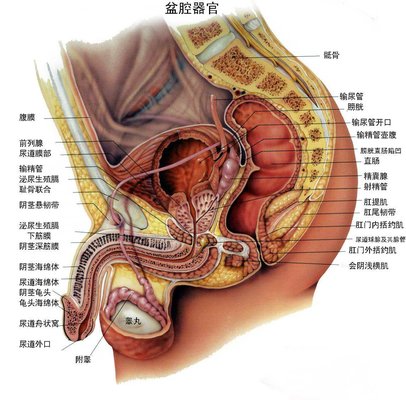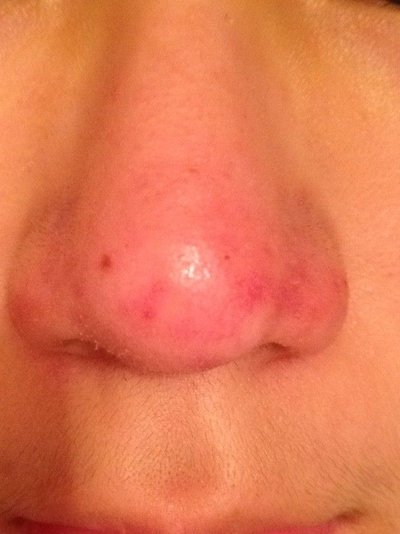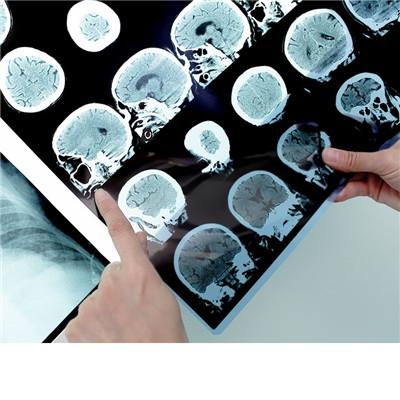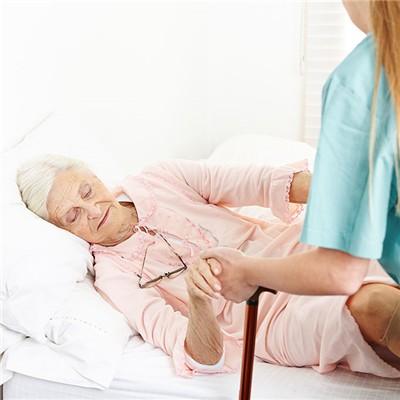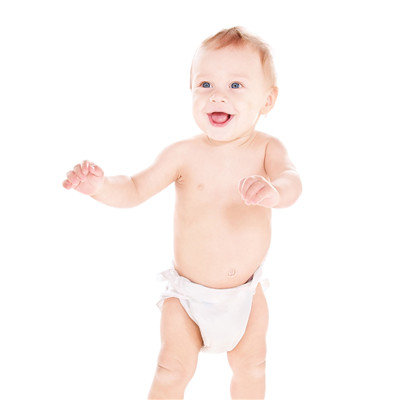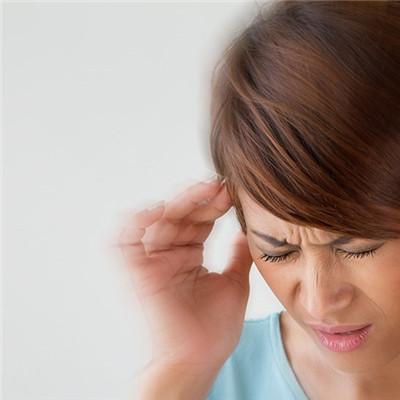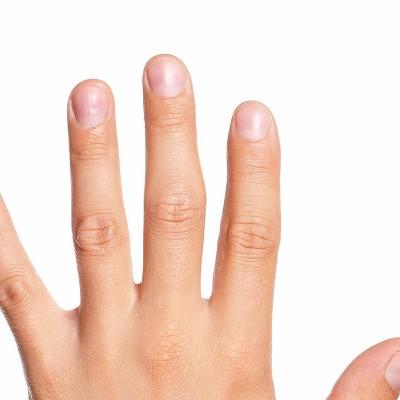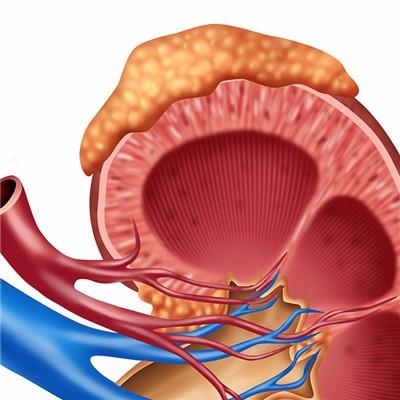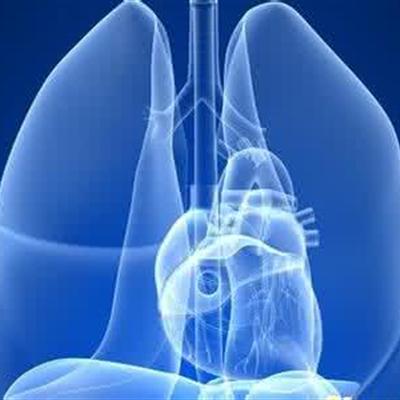Rheumatoid symptoms in the elderly?
summary
Rheumatoid arthritis (RA) is characterized by symmetrical, progressive and erosive polyarthritis, mainly involving the small joints of hands and feet, characterized by joint pain, swelling and dysfunction. It is a chronic systemic autoimmune disease characterized by synovitis. Rheumatoid symptoms in the elderly? Let's talk about it
Rheumatoid symptoms in the elderly?
Joint swelling and pain: mostly symmetrical, often involving metacarpophalangeal joint, wrist joint, shoulder joint, interphalangeal joint, ankle joint and knee joint, joint redness, swelling, heat, pain and movement disorder. Morning stiffness: the first symptom of joint, often appears before joint pain. When the joint stiffness starts to move, the pain is uncomfortable. When the joint activity increases, the morning stiffness reduces or disappears.
Rheumatoid vasculitis: rheumatoid vasculitis is the basic lesion of the disease, in addition to joints and tissues around joints, other parts of the body can occur vasculitis. The manifestations include distal vasculitis, skin ulcer, peripheral neuropathy, pericarditis and visceral arteritis, such as heart, lung, intestine, spleen, pancreas, kidney, lymph node and testis.
Rheumatoid nodules: seen in 15-20% of patients, mostly in the forearm often compressed extension side. Soft and amorphous active nodules or rubber like nodules fixed to periosteum were found subcutaneously. Subcutaneous rheumatoid nodules were more common in patients with strong positive serum rheumatoid factor.
matters needing attention
It must be emphasized that functional exercise is an important method for the recovery and maintenance of joint function in patients with rheumatoid arthritis. Generally speaking, in the acute stage of joint swelling and pain, joint activity should be appropriately limited. However, once the swelling and pain is improved, functional activities should be carried out without increasing the pain of patients. For those who have no obvious joint swelling and pain but have reversible joint movement limitation, regular functional exercise should be encouraged. In qualified hospitals, it should be carried out under the guidance of Rheumatology specialists and rehabilitation specialists.
